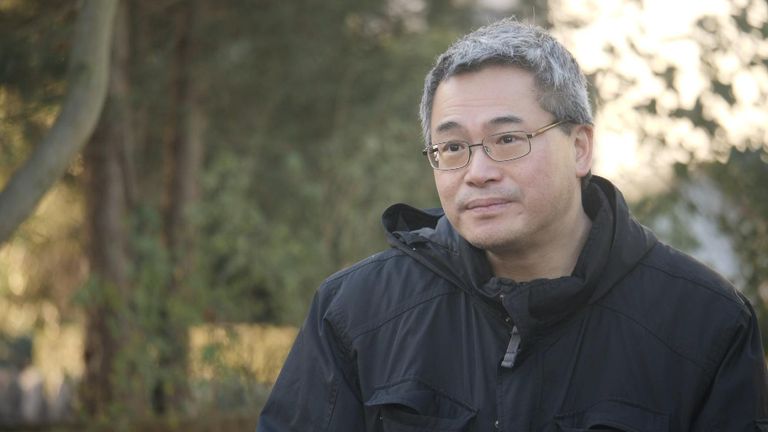How often have you stood in a queue and caught the whiff of someone smoking several metres away?
Now imagine that’s a cloud of the COVID virus that you’re inhaling.
That’s the concern of Dr Julian Tang, a virologist at the University of Leicester.
He says each exhaled breath of someone with COVID symptoms can contain 200 virus particles – and we need to rethink our approach to social distancing.
Dr Tang says the old rules that brought the epidemic back under control in the first wave may not be enough for the new, more transmissible variant of the virus this time round.
The further people stay apart, the lower the risk of the virus spreading.
That’s particularly important at this time of year.
Cold weather and the lack of sterilising sunlight means the virus survives outside for longer.
Science says the risk of transmission outdoors is roughly 20 times lower than it is inside.
Even a faint breeze helps to disperse most virus particles that hang in the air.
The risk is low, but it’s not zero.
Analysis of more than 300 transmission events in China early on in the pandemic only found one case of someone being infected outside.
So it does happen. And probably more often than that study suggests.
Dr Tang recommends 3m (10ft) as the new safe distance.
And when that’s not possible he recommends people wear a mask. Yes, even outdoors.
Not all scientists agree.
Some warn that when masks get wet, either from rain or from condensed moisture from the breath, they become ineffective.
If people are complacent about distancing, that could put them at greater risk.
But there are times when we do congregate outdoors – mainly in queues for supermarkets or, increasingly over the coming weeks, vaccination centres.
There seems to be a consensus that wearing a mask in those situations may be wise – and perhaps the government should toughen up the rules on social distancing.
With one person in 50 carrying the virus nationally – and even more in London – one can’t be too careful.



